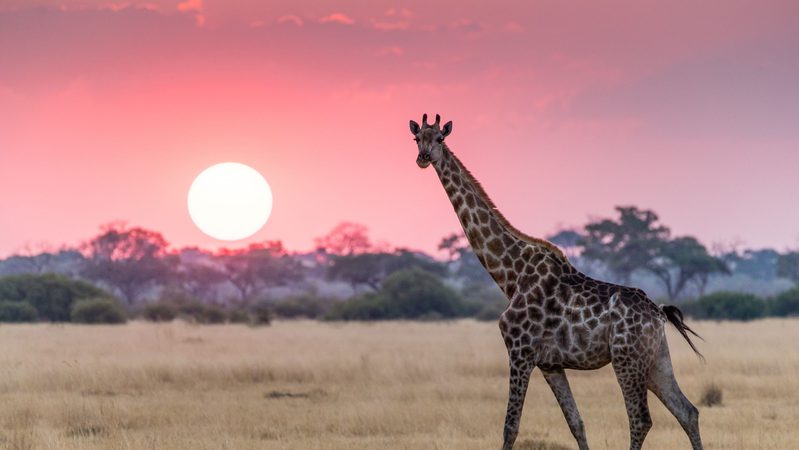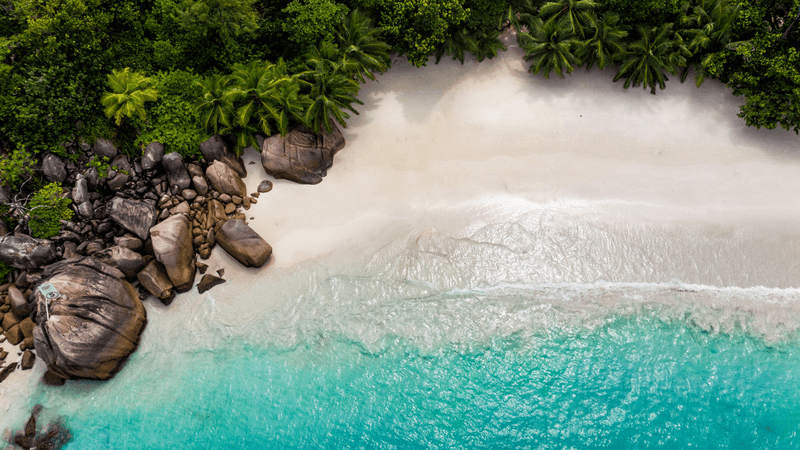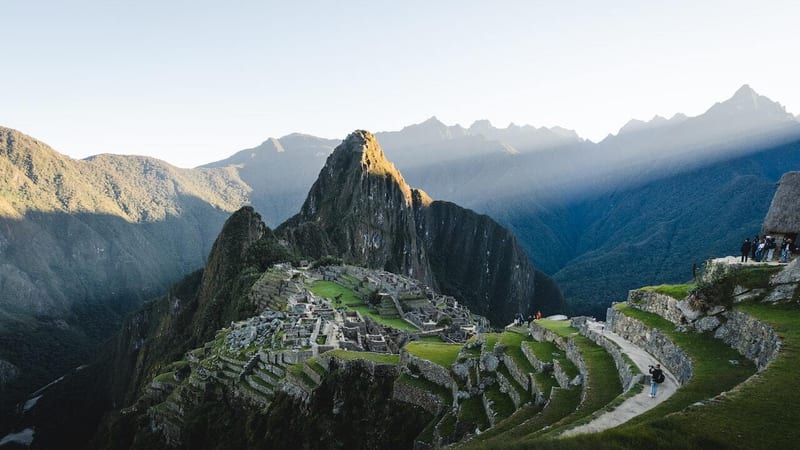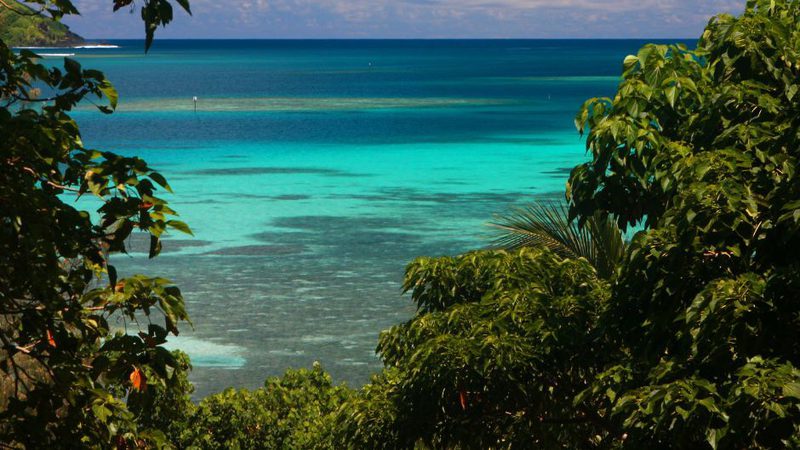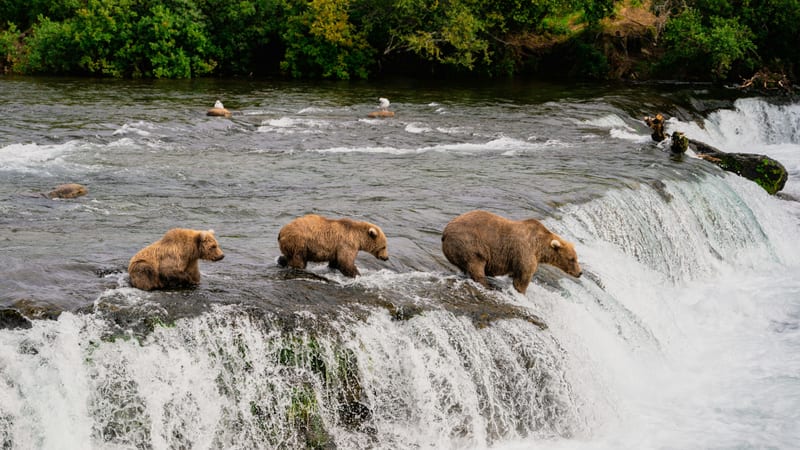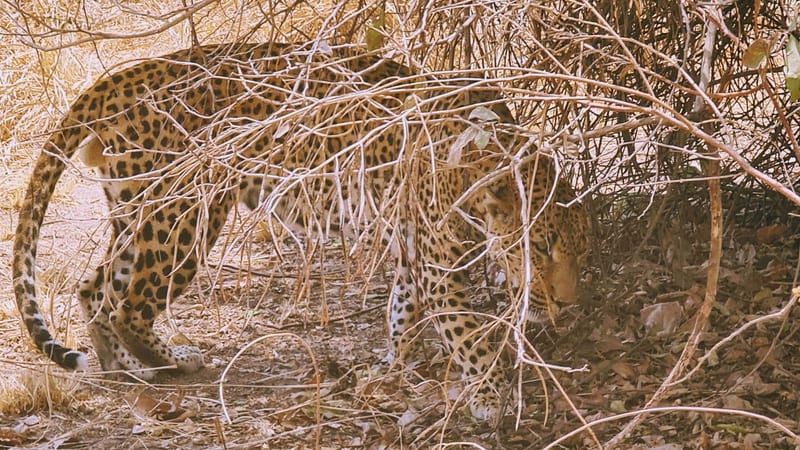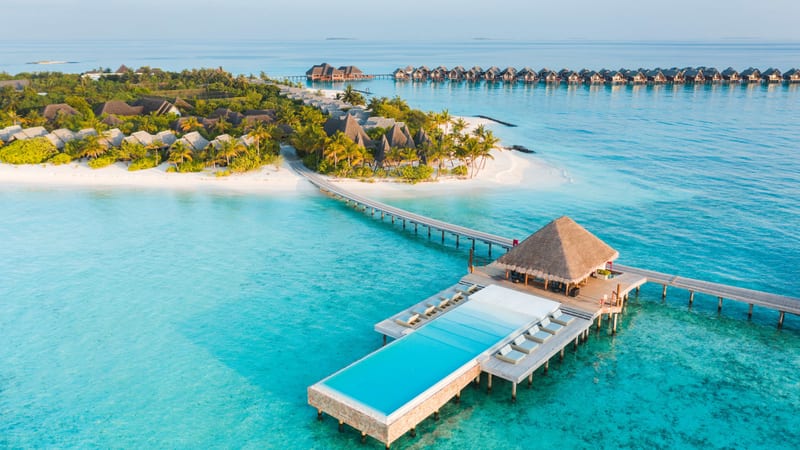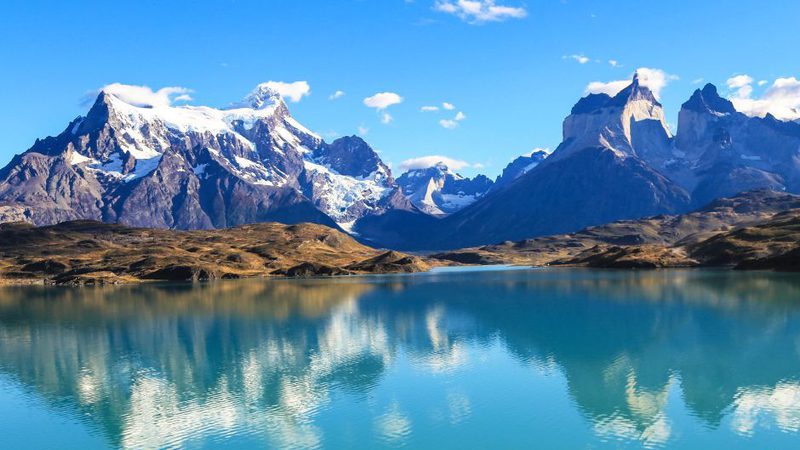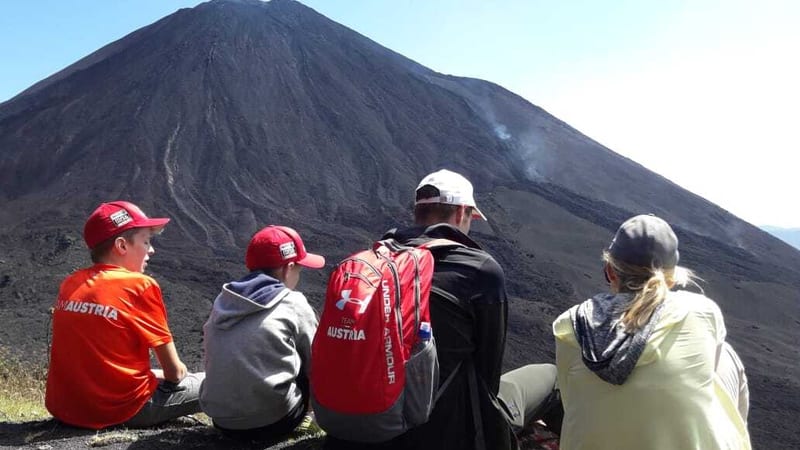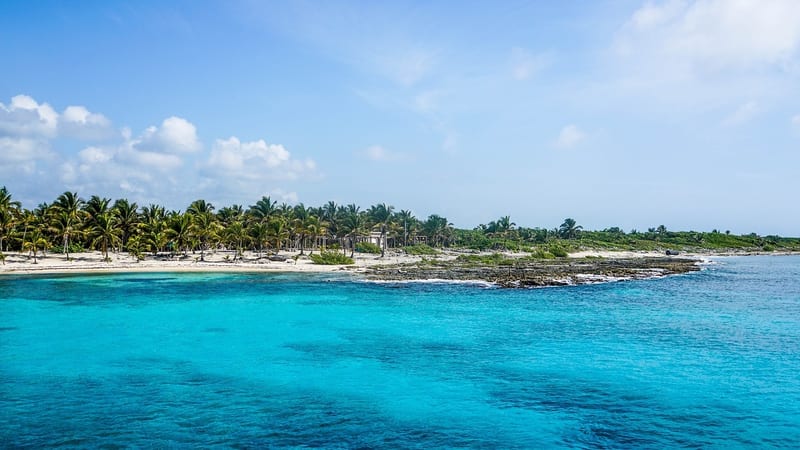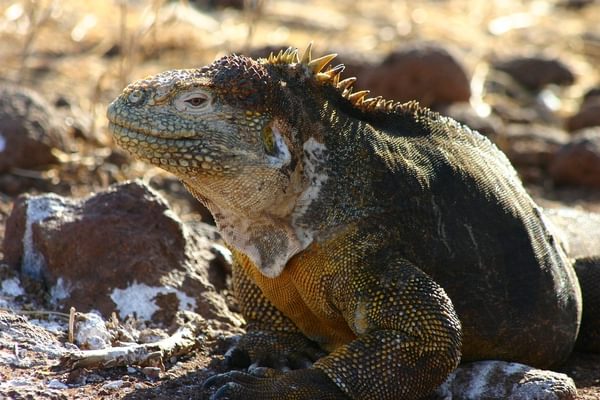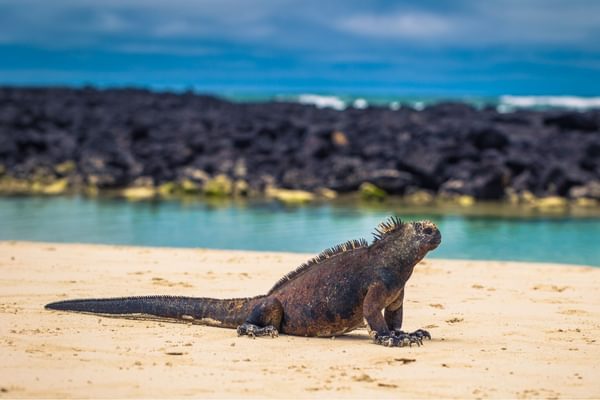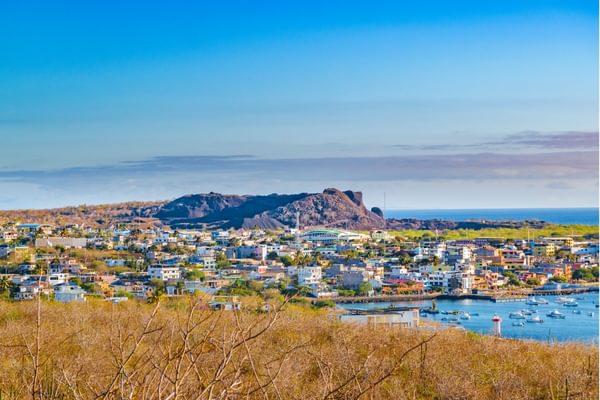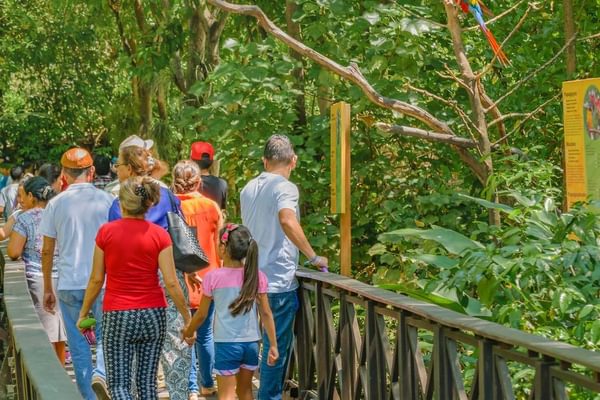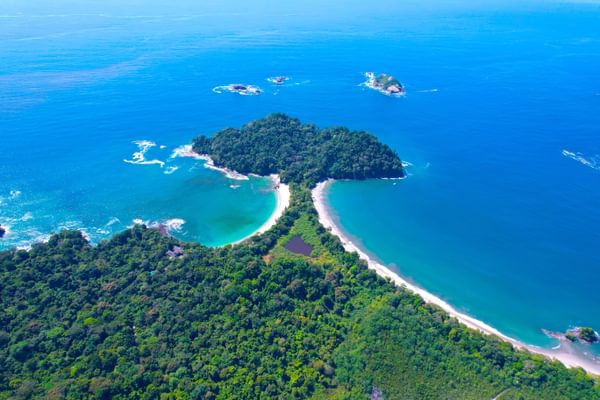Follow in the footsteps of Charles Darwin
Swim with sea lions, stand next to blue-footed boobies, watch giant boulder sized tortoises shuffle towards fresh shoots and see iguanas sunbathing on the volcanic rocks in this wildlife haven.
The remote, rugged Galapagos Islands provided Darwin with the inspiration for his revolutionary book 'The Origin of Species. Within five weeks of being on the island, he said “The archipelago is unique. The islands are a living laboratory for animal species that do not exist anywhere else on the planet (…). We are facing the biggest mystery, which is the appearance of new beings on Earth”.
Set almost 1,000km off mainland Ecuador, the volcanic islands of the Galapagos Islands are made up of 234 islands and are home to over 7,000 species.
Highlights of the Galapagos Islands are unquestionably its wildlife, much of which is endemic and pretty fearless providing an opportunity to watch unique animals in their natural habitat. Snorkel and dive with a large number of colourful reef fish, swim alongside green turtles, see harmless white-tipped reef sharks and interact with playful sea lions. On land; see colonies of blue-footed boobies and if you are lucky, watch them perform their courtship dance, spy seals snoozing on the beach, penguins catching fish and land iguanas lazing in the shade, just waiting for a prickly pear to fall.
The volcanic landscapes of desolate lava fields, crumbling craters and black sand beaches will make you feel like you've stepped into a land that time forgot.
Whether you are looking to explore the Galapagos by staying on one of the islands and taking day trips or on a small cruise expedition boat that hops from wildlife haven to wildlife haven, we can create a tailor-made holiday that is right for you.
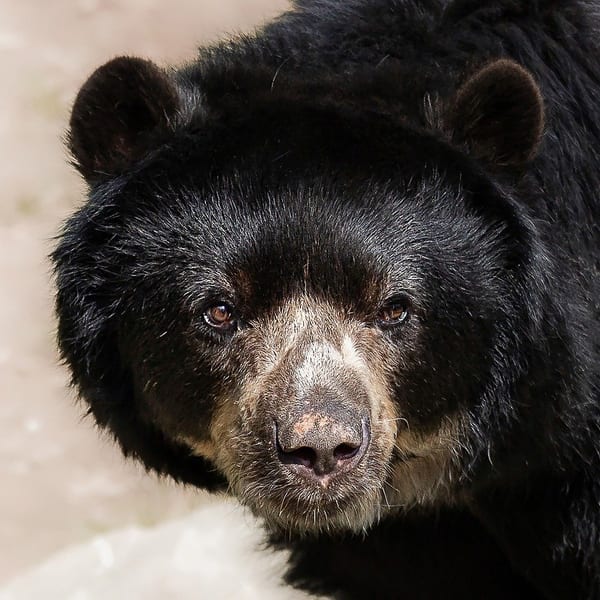
Galapagos Wildlife and Ecuador Bears
- San Cristobal
- Santa Cruz
- Bellavista Cloud Forest
- Otavalo
Discover unique Galapagos endemic species, then head to Ecuador for a once-in-a-lifetime opportunity to spend several days with the famous spectacled bears.
Galapagos Trip Inspiration
When to go to the Galapagos Islands
Find out the best time to visit the Galapagos with our month by month guide.
- Best
- Good
- Mixed
- Jan
- Feb
- Mar
- Apr
- May
- Jun
- Jul
- Aug
- Sep
- Oct
- Nov
- Dec
January
January starts the warm and wet season in Galapagos, so there is lots of sun and some humidity. It is the perfect month to watch land species like the Giant Tortoise because they are very active.
The water is warm which means that you can snorkel without a wetsuit and the seas are calm, although the warmer water also means there are fewer nutrients to feed so there is slightly less biodiversity in the water than in cooler months.
The animals that are most likely to be seen in this month are land iguanas, Galapagos finches and Scalloped Hammerheads that are attracted to the warmer temperatures.
February
The warm and wet season continues and you can expect temperatures of 30 degrees Celsius, and the water temperature will be around 25 degrees Celsius, so it is not necessary to use a wetsuit to snorkel and the waters are calm and clear. The land species are very active especially the land iguanas, giant tortoises, and Darwin finches. Green sea turtles and penguins are often seen in this month.
A special attraction this month is the nesting of the Marine Iguanas when they become very protective of their nest.
March
March is the middle of the warm and wet season, there is still warm weather and humidity, but also a bit more rain so it is wise to bring a raincoat, although showers are generally short.
This month is a great time to spot land iguanas, Darwin finches, and other birds since they find lots of food, also, the frigate birds are in mating season so you will see males with the puffed-out red pouches to attract the females.
The average temperature is 31 degrees Celsius and in the water the temperature is 25 Celsius, so travellers will not need a wetsuit but the currents are stronger than usual.
April
April is one of the warmest months but also you will find more rain, although this brings with it fresh life on the islands with flowers beginning to bloom. The temperature can go up to 31 degrees Celsius, and in the water the temperature can be 25 degrees Celsius.
This month is special because you may have the chance to see the blue-footed boobies dance ritual and because it is one of the best months to look out for Galapagos penguins in Isabela. You will see frigate birds and Galapagos hawks flying around looking for easy food to catch, and the eggs of some species like the green sea turtle are starting to hatch so it is a brilliant time to spot young turtles.
May
May is a month of transition, Galapagos will go from the warm and wet season to the cool and dry, so the temperature will start to go down. This month is still good to sport land species like land iguanas and giant tortoises because the islands are still green, but as the rain is about to stop the Galapagos will become increasingly bare in the next months.
On the contrary, as the colder Humboldt sea is starting to arrive, it brings more nutrients and food to the sea so the marine species start to arrive and are easily spot.
The temperature will drop down to 28 degrees Celsius, the rain will stop and the water temperature will also be colder with an average of 24 degrees Celsius.
June
June is the start of the cool and dry season although there will still be some rain. It is a great month for people that prefer to avoid humidity and tropical weather, the temperature can go down to 26 degrees Celsius and the water temperature cooled down to 23 degrees Celsius.
The cooler water brings more nutrients which attract marine species like sea lions, sea turtles, marine birds and whale sharks.
The Galapagos also start welcoming the migratory birds and whales that can be seen especially in the Bolivar Channel.
July
July welcomes travellers with cool but pleasant temperatures, it can go to 26 degrees Celsius and the water temperature can be 22 degrees Celsius so wetsuits are advised for snorkelling.
This month is the Galapagos waved albatross, frigate birds and blue-footed boobies start to hatch so it is a wonderful time to spot chicks. The flightless cormorants start their nesting season, and another highlight of this month is the Galapagos whale watching season begins.
August
August is the middle of the cool and dry season with pleasant weather, although the winds are strongest now. The temperature is around 26 degrees Celsius and is the driest month of the year. The water temperature is 21 degrees Celsius, so wearing a wetsuit is recommended.
August brings amazing opportunities for seeing wildlife - there are newborn sea lion pups on the shore and in town. It is also a fantastic time for twitching with many birds in the sky like Galapagos hawks, flamingos and waved albatross. In the water there are many other species, like hammerhead sharks.
The waters are choppier in August so if you suffer from seasickness you might want to choose a larger, more stable cruise or stay onshore.
September
September is the quietest month visitor-wise and has pleasant cool weather, the air temperature can be 26 degrees Celsius, and the water temperature is 22 degrees Celsius. Choppier waters mean that larger cruises or staying onshore can be popular if you suffer from seasickness.
This month is special because migratory species are very active and easier to spot like whales and dolphins and for divers, September is a great month for viewing whale sharks. September is also when the Galapagos penguins start their nesting season.
October
October is a very pleasant month in terms of weather, the temperature can go to 26 degrees Celsius, there is not much rain and the water temperature will be around 22 degrees Celsius.
This month you will see baby blue-footed boobies, that are puffy and make amazing photo opportunities, the flamingos are also nesting and the Galapagos penguin are performing their courtship ritual.
November
November is the end of the cool and dry season, although it is still conformable weather, the average temperature is 26 degrees Celsius and the water temperature is 22 degrees Celsius.
This is a great month to watch the sea lion pups playing and learning how to swing. In the sea the Galapagos sea turtle start mating and there is a great chance to spot blue-footed, red-footed and Nazca boobies.
December
December is a transition month, the cool and dry season is ending and the warm and wet season is starting, by the end of the month the first rains start and the land species are very easy to spot and the birds also start building their nest to prepare for the breeding season.
The Darwin finches and short-eared owls are visible in the Highlands of Santa Cruz, and the Marine iguanas change colour to attract their mates.
The seas are also calm this time of year which is brilliant for snorkelling or if you are on a smaller cruise. This is a popular time of year to travel so you will need to book early.
Where to go in the Galapagos
Best places to visit in the Galapagos Islands
Best places to stay in the Galapagos
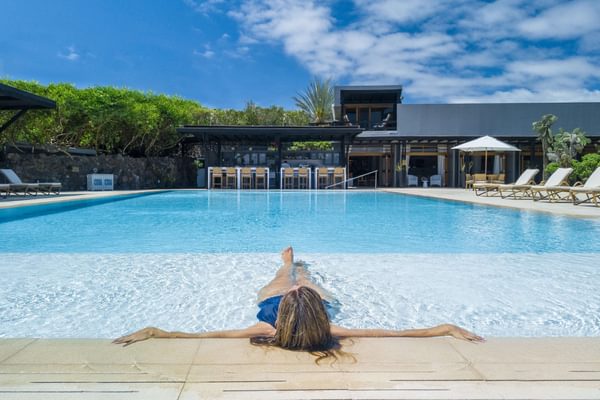
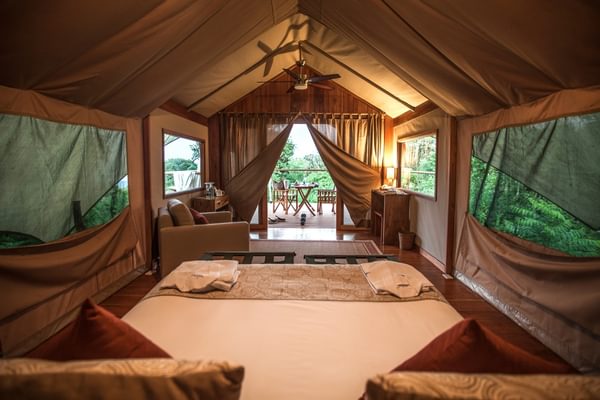
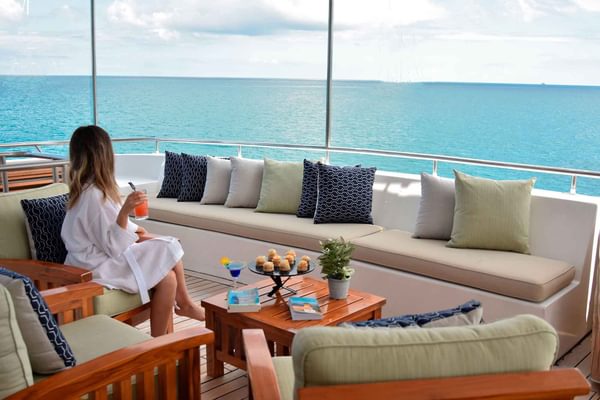
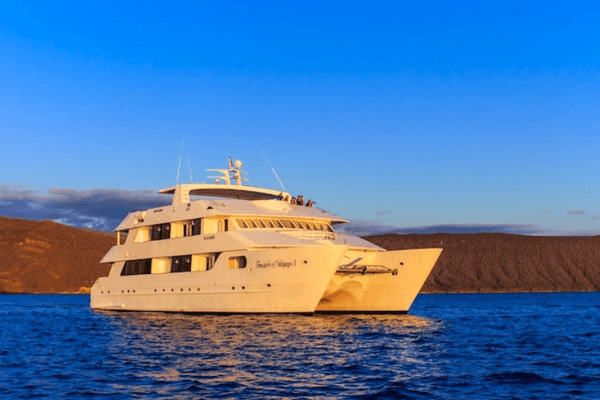
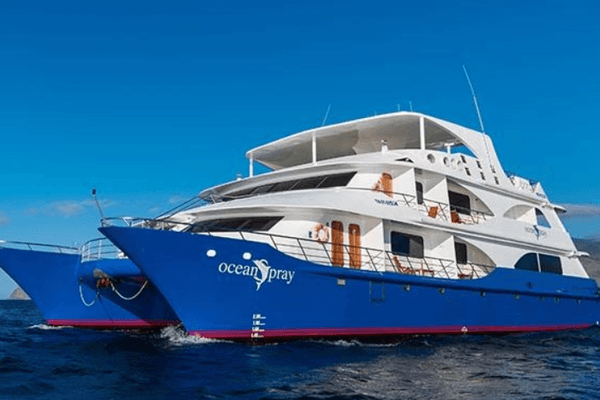
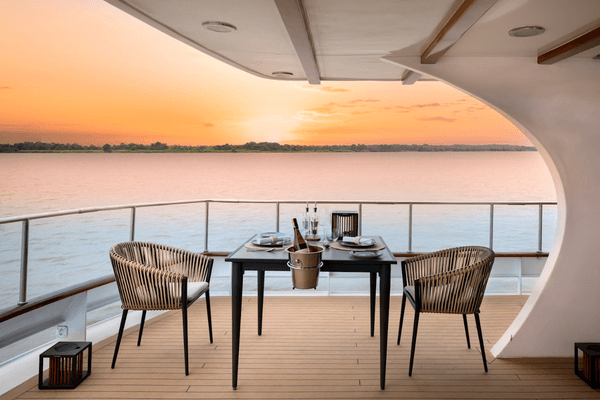
FAQs About Your Galapagos Holiday
Planning a holiday to Galapagos? Our experts share advice on everything from what to pack, when to go, to tips for families, covering the questions we get asked the most.
When is the best time to visit the Galápagos?
The Galápagos are a year-round destination. December to May brings warmer, calmer seas and clear underwater visibility, ideal for snorkelling. June to November is cooler, with nutrient-rich waters that attract abundant marine life, including whale sharks. Wildlife is active year-round, so the best time depends on your interests.
Is the Galápagos a good holiday destination?
Yes, the Galápagos is one of the world’s most extraordinary wildlife destinations. The islands are famous for fearless animals, pristine landscapes, and exceptional conservation. Visitors can expect close encounters with sea lions, iguanas, turtles, and giant tortoises, as well as varied activities like snorkelling, hiking, and kayaking. It’s a truly unique holiday.
How long should I spend in the Galápagos?
Most visitors spend 7–10 days. A week allows you to experience a wide range of islands and wildlife, either by expedition cruise or island-hopping stay. Longer itineraries (10–14 days) provide a deeper exploration and more variety. Many travellers also add time in mainland Ecuador before or after.
How much does a holiday to the Galápagos cost?
Trips typically start from £4,000 per person for a 7–8 day cruise, excluding international flights. This includes accommodation, guiding, meals, and excursions. Luxury cruises and private charters cost significantly more. Land-based island-hopping trips can be more affordable. Costs are high, but the quality of guiding and experience is exceptional.
What’s the difference between a cruise and a land-based trip?
Expedition cruises offer the widest range of islands, with daily excursions led by expert guides. They maximise wildlife encounters and minimise travel logistics. Land-based trips use hotels on islands like Santa Cruz or San Cristóbal, with day trips by boat. Cruises are more immersive, but land stays suit those who prefer flexibility or dislike overnight sailing.
How do I get to the Galápagos?
Flights to the Galápagos depart from Quito or Guayaquil in mainland Ecuador, usually taking 2–3 hours. Entry is via Baltra or San Cristóbal airports. All visitors must pay a park fee and transit control card fee, which support conservation. Travel is strictly regulated to protect the ecosystem.
Is the Galápagos safe to travel to?
Yes, the Galápagos is very safe for visitors. Crime is rare, and guided tours follow strict safety and environmental protocols. The main considerations are sun exposure, seasickness on cruises, and respecting wildlife regulations. With proper planning, it’s one of the safest adventure destinations in the world.
Do I need vaccinations for the Galápagos?
No specific vaccinations are required for the islands themselves. However, as you’ll travel via mainland Ecuador, vaccinations for hepatitis A, typhoid, and diphtheria-tetanus-polio are recommended. Yellow fever may be required if you’ve travelled from a risk country. Always consult a GP or travel clinic before departure.
Read more on our blog
Speak to a Galapagos expert today.
A tailor-made itinerary just for you.

Amanda
Travel Expert

